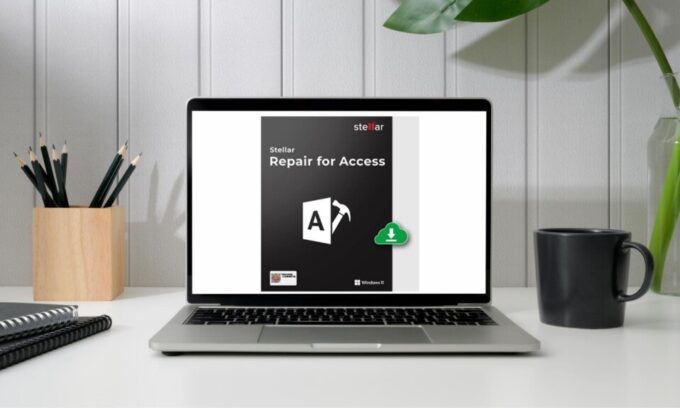DBMS is a great system for file management. It comes from Microsoft which says enough about its quality and ability. If you have come into contact with it, you know just how much Microsoft Access Database is powerful. Thanks to its user-friendly design, it is one of the most popular systems of this type on the market. It is equally present with both individual users and various organizations. But, as you know, nothing in this world is perfect, and so DBMS has its flaws.
It is not a rare occurrence that files from this system get corrupted and start malfunctioning. It happens due to various hazards, and nothing can be done against these data corruption moments. They tend to happen. Of course, you are not left stranded on a deserted island. No! There are ways you can go around this problem. The best part is that there are numerous ways to do this, so you can pick yourself a favorite. It is all thanks to the technological advancement that we have systems like these, and tools to repair them when the time is due. So, let us tell you how to repair MS Access Database & recover its objects.
Use a Designated Software

Source: maketechquick.com
Tell us, you knew we were going to start here? Right? Rightly so, of course. There are plenty of manual ways to do this, but why go through all the trouble. There’s no need. There are people out there who can make your life easier. If you are having issues with this system stellarinfo should be your best friend. How so, you must be wondering? The answer is straightforward. This is one of the best Access database repair software on the market. It is a tool that individual users and company men all over the world use to repair corrupted Microsoft Access files. It can easily sort out all of the damaged files regardless of their shape or size. It is adept at bringing back reports, tables, and all sorts of queries. It supports most products from the Windows series and Microsoft in general including both the latest versions and some of those that are deemed outdated by today’s standards.
By most standards in this department, this is the go-to software. It won’t be a mistake if you start using it, as most users quickly get used to it, and never seek an alternative. It’s no wonder things are like this as it can help you with repairs in the MDB and ACCDB file department, with database objects, split databases, and even with deleted records. This type of all-around service is hard to come by, so once you’re on board you’ll want to continue your ride. Of course, we understand that this might not be everyone’s cup of tea, so we’re also going to talk about other ways to handle this issue. If you are a fan of doing this manually, you need to continue reading. But, before you do, our honest opinion is that you don’t have to, as the wiser decision would be to use a designated software.
Go Manual

Source: quackit.com
Of course, Microsoft is not a naive company, they’re aware of the flaws their software might have. This is why DBMS comes with a Compact & Repair feature already built-in. it could help you in repairing corrupt files. Now, this is a more complicated option despite its origin. While it comes directly from the manufacturer, you’ll still need to learn how to handle this issue if you’re going manually. No Time To Die, the latest iteration of James Bond, taught us that when you need to go manually, it could get dangerous. Of course, repairing corrupt files is not as dangerous as being an MI6 agent, but you get the metaphor.
It all starts with the identification n of the corrupt file. If it is still opened when you notice the flaw, and no saves were made, you can get it back. The first step would be to click on the File option in your Access database. A new window will appear at that moment and you’ll need to find the Compact & Repair option. It is found on the Info page of the software. Getting to this phase should be a walk in the park, but it will get messier. What happens next is that the software itself will access the database, it will touch the corrupt file, and will make a copy of it stored in the same location as the original file. Now, this is the easy part, as there were no saves made to the file before you tried to access and repair it.
So, what happens when you need to access a file that you cannot open? As they would put it in the popular British sitcom ‘Allo ‘Allo, listen very carefully I will say this only once. The first thing to do is to open your MS program. Before doing this, you need to ensure that no other party is trying to access the file. After that’s done, you need to visit the templates page, and from there select the blank desktop database. After that, you need to go to the File menu and select the Close option. The next step includes going to Tools first, and second to Compact & Repair Database. Once you’re there you need to find the file that is corrupted. Once you have done this click on it two times in succession. When this action is completed you’ll be given an option to save the file under a new name. Once you have given it its designation click Save. After this is done, you’ll have the new file in the same place as the original file. If you fail to do things this way, you need to go back to option number one.
Conclusion
As you can see there is more than one option for handling the issue at hand. You’re free to make your own decisions, but why waste time and effort when you can have it easy. Sometimes it is more satisfaction to do things manually, but doing it with outside help is a wiser choice.







